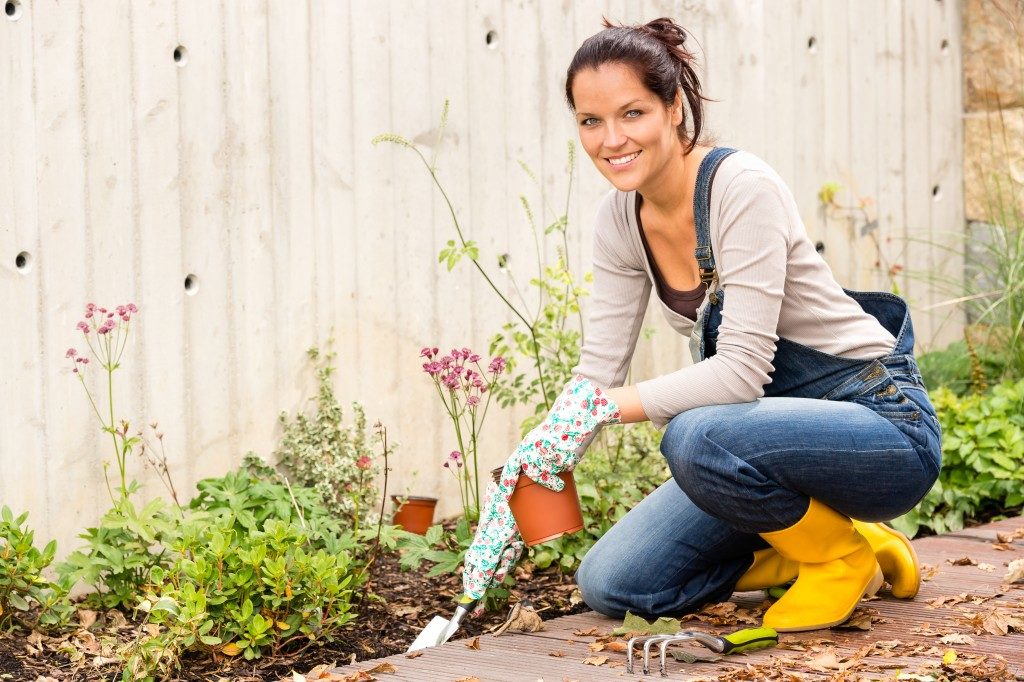One sure way to add visual interest to your garden design is enhancing the sense of height and depth in outdoor elements. The typical outdoor space is flat, so changing up the floor level in certain areas and extending vertical perspective can give your garden a different look and feel. Here are specific ways you can add height and depth to your yard.
Elevate your plants
Most of the elements in your garden are plants, so it makes sense to start the change there. One thing you can do is to select a wall in your garden and hang columns of plants in baskets. Geraniums, lantanas and water hyssops are perfect candidates for these.
Of course, you can go beyond flowering plants—you may use this wall as your mini vegetable garden. Hang tomatoes, peppers, carrots and herbs like basil and parsley. Or if you have a little more budget for garden structures, get arbours and pergolas where you can put climbing plants, such as star jasmine and wisteria.
Another way you can add a sense of height and depth in plants is to use large and tall plant boxes. This is a common strategy when landscaping tight spaces, like narrow roof decks and balconies. It draws the eyes away from the limited room available and emphasises vertical space instead.
Build a sunken patio
Beyond the plants, add height and depth as well in the living areas of your garden, like the patio. Rather than raising it up, dig down and create a sunken area. This is perfect for small outdoor spaces, as it makes the area look a little bit larger. At the same time, it ties into the whole intimate vibe of the limited space, inviting people to ‘plunge in’ to fun conversations around the fire pit.
Work with landscaping experts in excavating the space and building the retaining wall. Choose among different finishing materials for the wall: wood, stone or concrete. Keep in mind the overall theme of the garden design when selecting.
As for the furnishings, you should be able to cover the basics: comfortable chairs, cushions and throw pillows. In terms of shade structures, use popular materials, like Stratco patios, for your Brisbane home. Design experts recommend these, as they can withstand harsh weather elements.
Use curves

Now that you have the plants and living areas covered, don’t forget the in-betweens. Create curves in your pathways, instead of straight, neat lines. These are effective in creating illusions of the land rising and falling as people follow the tracks. Emphasise this optical illusion further with raised plants along the paths.
Again, for the pavement materials, match it with the overall style of your garden. If you’re pulling off a Japanese Zen theme, use natural stone and add some gravel. If you’re into a formal, modern style, use big stones for a sharp, neat look.
If you’re tired of the old look of your yard, perhaps it’s time to switch things up by adding elements of height and depth in it. Focus on plants, living areas and the in-betweens as you take on this project.

